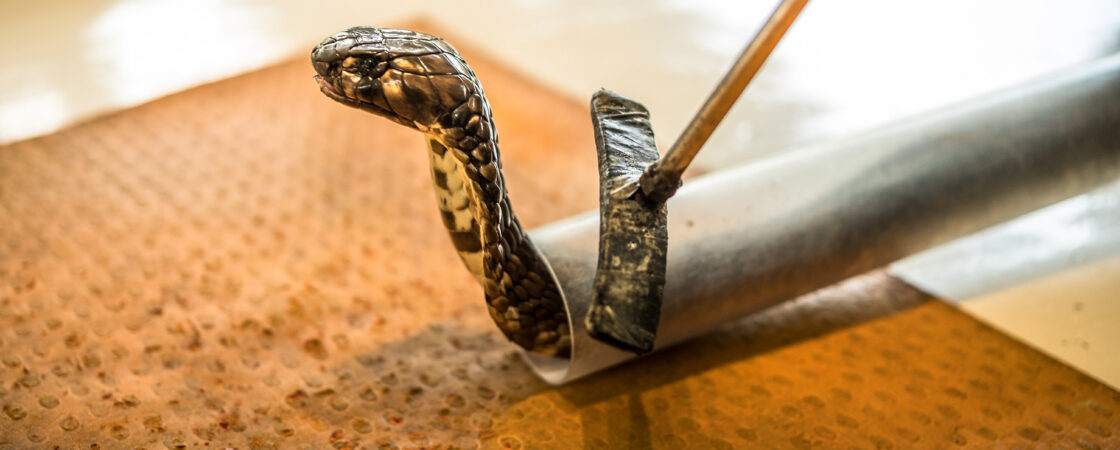As Beatrice Ndanu Munyoki, an 11-year-old girl, sat on a small stone positioned on a larger one, keeping an eye on her family’s eight goats, a snake attacked her. She was absentmindedly moving her fingers through the soil when a red head quickly emerged from between the rocks, and she experienced a sudden sharp pain in her right index finger. She had never been one to cry, but she rushed over to her father, David Mutunga, who was working on a fence. He sliced the cloth belt of her dress into strips using a machete, secured her arm in three spots, and quickly transported her to a hospital 30 minutes away via a motorcycle taxi. As the day progressed, her finger became darker, but the hospital in Mwingi, a small town in Kenya, lacked an antidote for that type of venom. That evening in November 2023, she was transported to another hospital via ambulance and given an antivenom injection. When the blister on her finger blistered, swelled, and turned black even after a second dose the following day, Mr. Mutunga said with tears in his eyes, “I realized they would have to amputate that part.” Beatrice lost her finger due to amputation. In Kenya, India, Brazil, and many other nations, snakes compete with humans for land, water, and occasionally food, leading to severe repercussions. Deforestation, urban expansion, and climate change are worsening the issue. We are currently experiencing difficulties accessing the article content. Kindly enable JavaScript in your browser settings. We appreciate your patience as we confirm access. If you’re in Reader mode, please log out and sign in to your Times account, or subscribe to gain full access to The Times. We appreciate your patience as we confirm your access. Are you already a subscriber?




